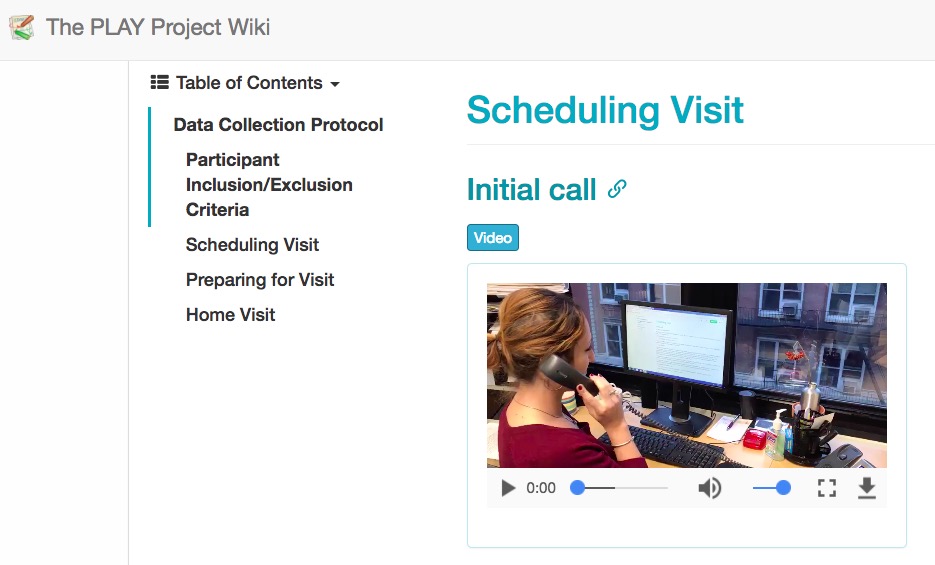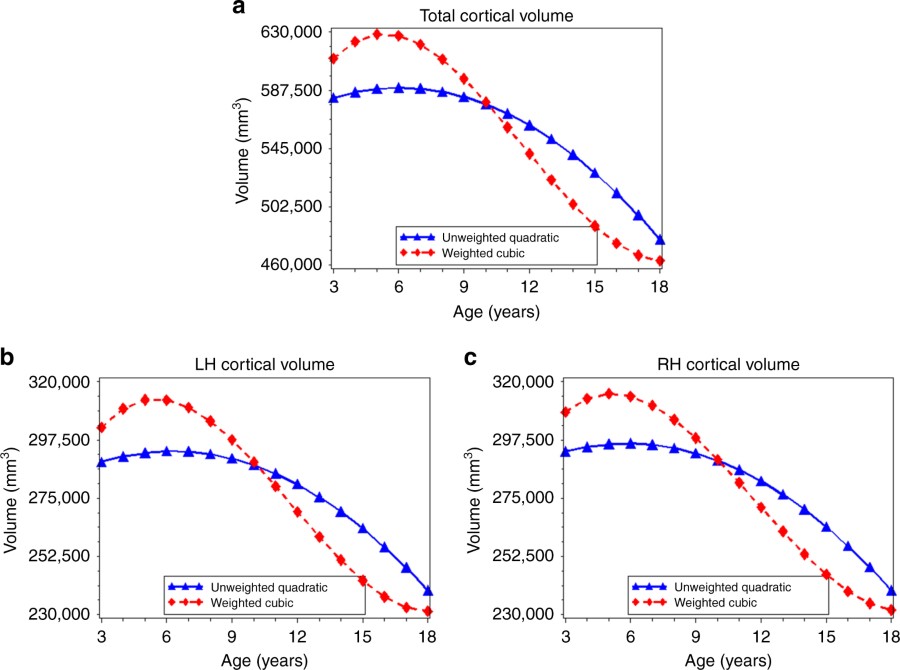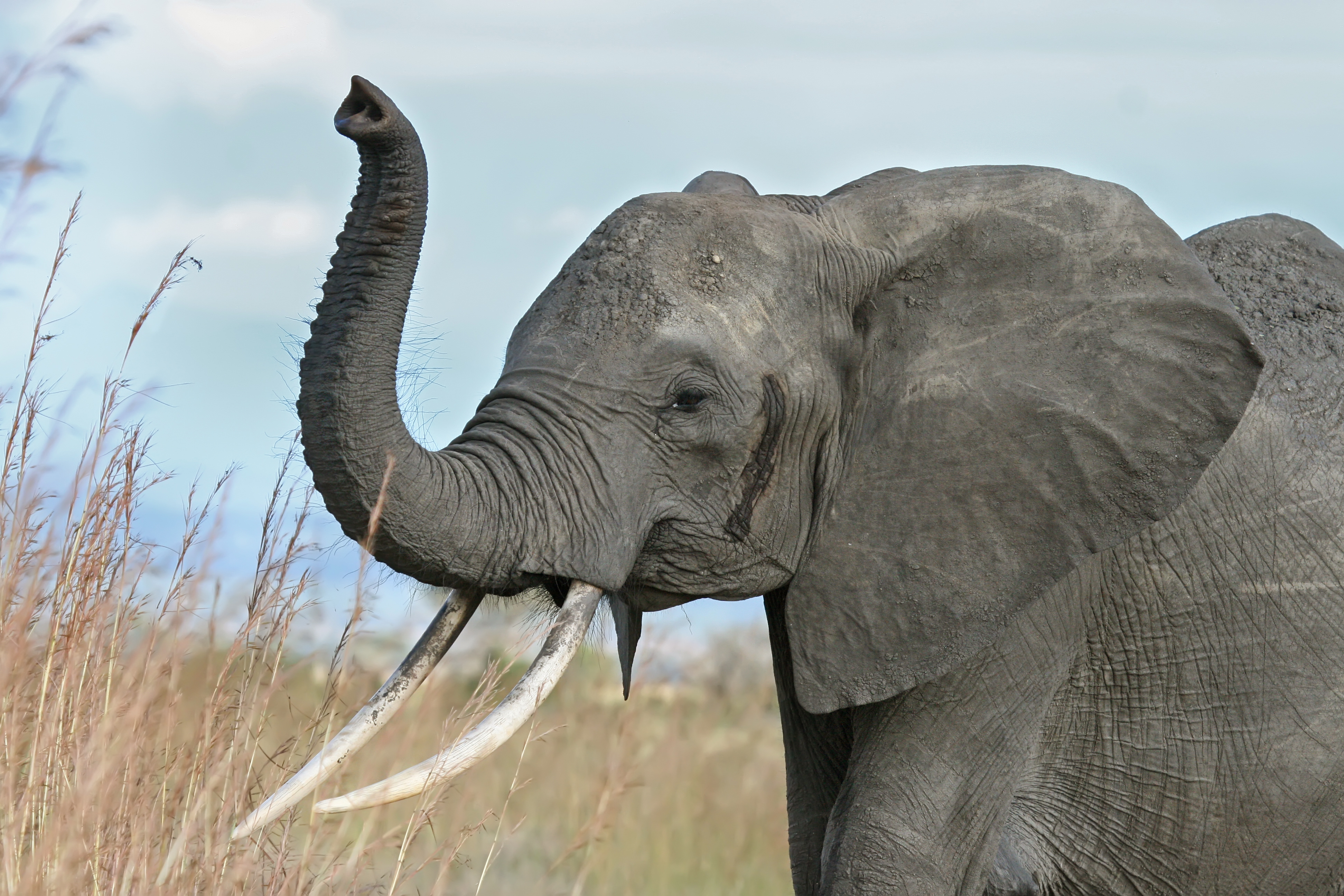
2017-11-02 08:15:42
Support

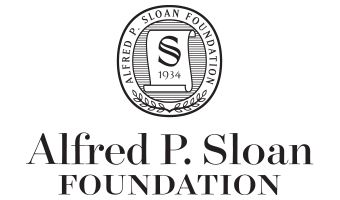

Talk overview
- Project status report
- The development of optic flow processing
- Play & Learning Across a Year (PLAY) project
- The Proximal Emotional Environment Project (PEEP)
- Toward an open, transparent, robust, and integrative developmental science
The development of optic flow processing
Questions about optic flow
- What is optic flow?
- Why is optic flow important?
- How does optic flow sensitivity develop?
- How do brain systems for processing optic flow develop?
- What shapes these patterns of development?
Approach
- EEG measures of brain responses to optic flow
- Psychophysical (behavioral) measures of optic flow perception
- Empirical measures of experienced optic flow across development from head-mounted video cameras and computer vision analyses
What is Optic Flow?
- Structured pattern of visual motion generated by observer movement
Types of Optic Flow

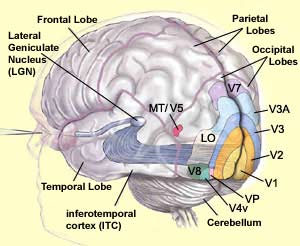
Why is optic flow important?
- Geometry of environment
- Surface layout, orientation
- Object motion
- Visual proprioception
- Rotation, translation
Flow types specify self-motion
How Does Optic Flow Sensitivity Develop?
- Sensitivity at birth, (Jouen, Lepecq, Gapenne, & Bertenthal, 2000)
- 4-6 mo-old infants: Larger brain responses to linear patterns, (R. Gilmore, Hou, Pettet, & Norcia, 2007)
How Does Optic Flow Sensitivity Develop?
- 4-6 mo-old infants: Larger brain responses to faster speeds/larger displacements, (Hou, Gilmore, Pettet, & Norcia, 2009)
How Does Optic Flow Sensitivity Develop?
- Behavioral sensitivity to slow (linear) speeds develops slowly in macaque monkeys, (Kiorpes & Movshon, 2004)
What about older children?
- Present: Time-varying optic flow patterns
- Measure: Steady-state visual evoked potentials (SSVEPs)
- Event-related electro-encephalograms (EEGs)
- Phase-locked responses at low-order harmonics
- \(n=29\) 4-8 year-olds
- (R. Gilmore, Thomas, & Fesi, 2016)
2 deg/s translation
4 deg/s rotation
8 deg/s radial
1F1 Channel-Wise Results
1F1 Channels p < .0005
Complex Domain Plot of 1F1 Channels
3F1 Channel-Wise Results
3F1 Channels p < .0005
Complex Domain Plot of 3F1 Channels
Results Summary
- Anatomical & frequency separation of responses
- vs. pattern (lateral, 1F1)
- speed (medial, 3F1)
- Radial & rotation \(\neq\) translation
- Speed tuning (slow < med & fast)
- Similar to, but different from adults
Children's 1F1
Adults' 1F1
Children's 3F1
Adults' 3F1
What about behavior?
- Time-varying optic flow
- Radial, linear
- {2 deg/s, 8 deg/s}
- {5, 10, 15, 20%} coherence (adults)
- {15, 30, 45, 60%} and {20, 40, 60, 80%} (children)
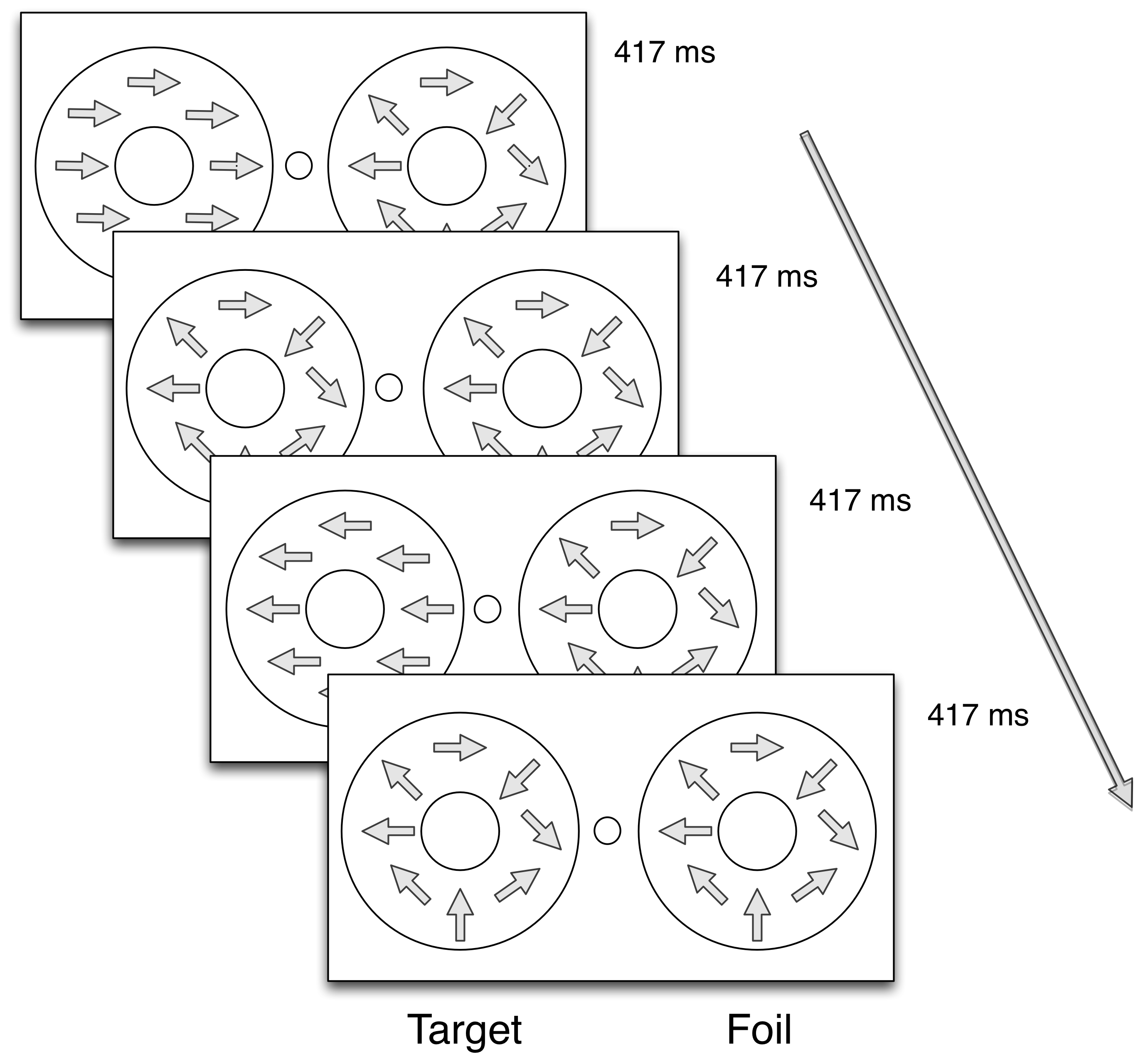
Methods
- n=30 children (4.3–8.6 yrs, M = 6.5 yrs, 19 Female)
- n=30 adults (18.7–23.9 yrs, M = 20.8 yrs, 16 female)
Children's responses p(correct)

Adults' responses p(correct)
Speed effects in children
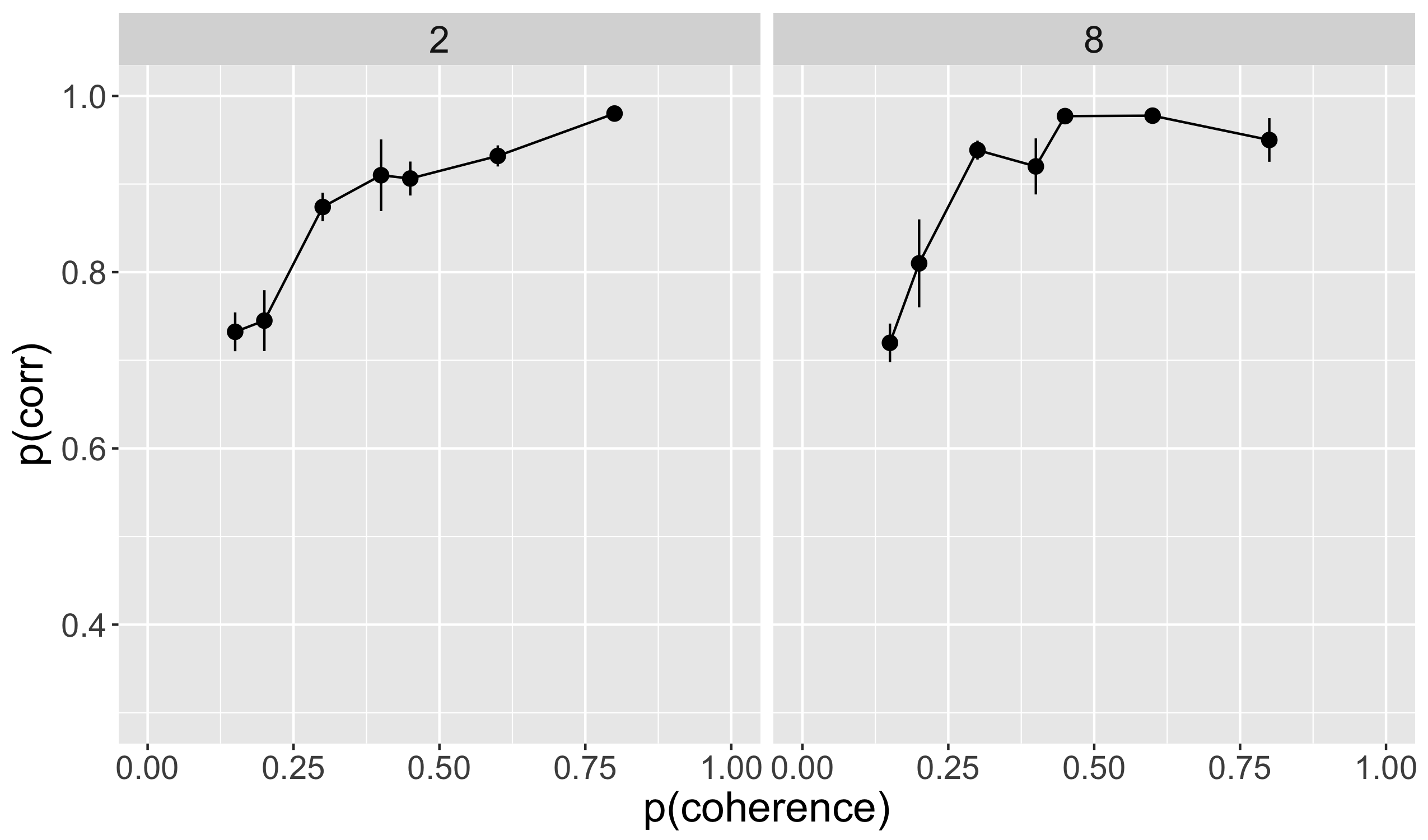
Speed effects in adults
Pattern effects in children
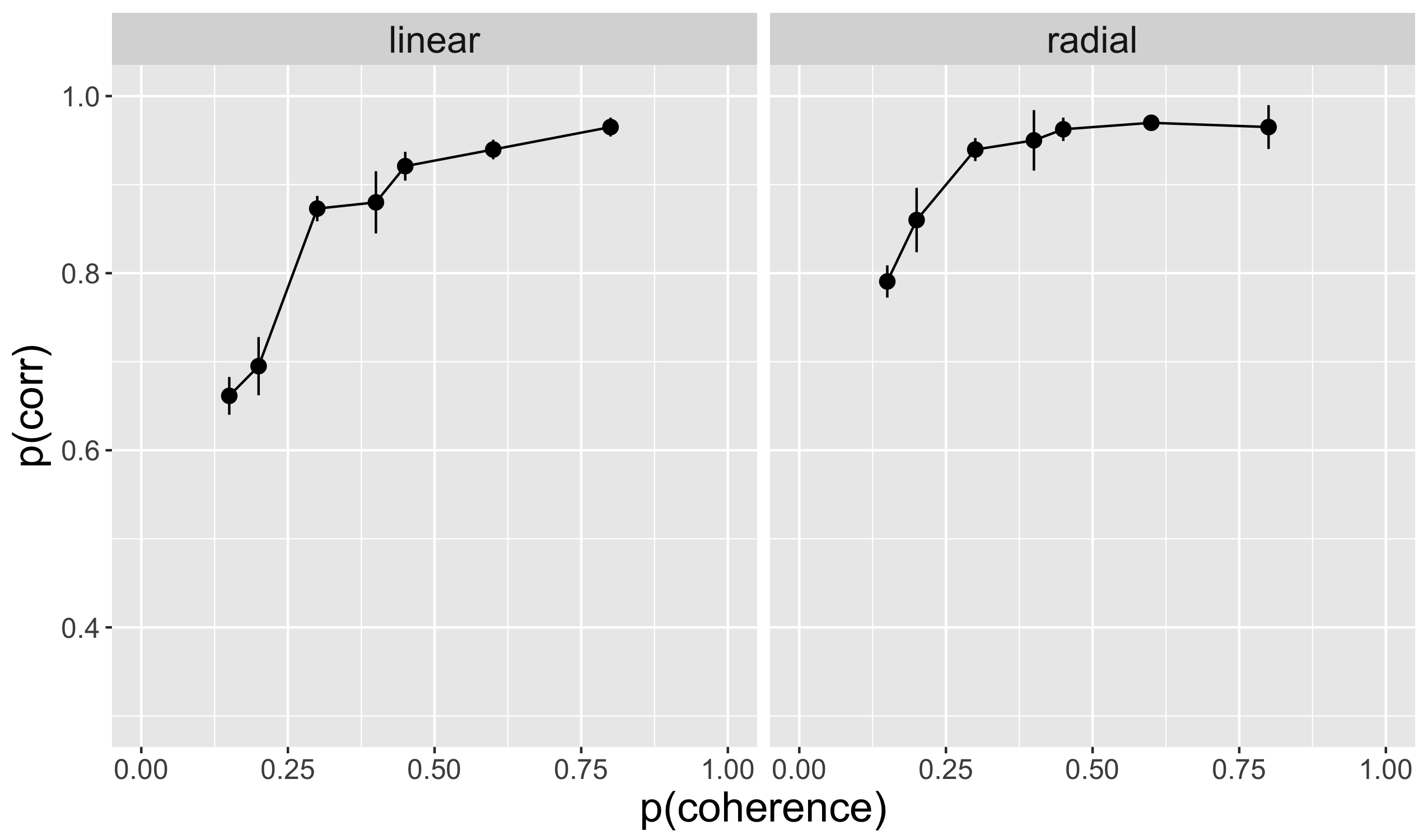
Pattern effects in adults
Behavioral Summary
Potential factors shaping development of flow sensitivity
- External
- Environment
- Internal
- Posture
- Locomotion, head, eye movements
Head mounted eye tracker data from "coupled" infant/mom dyads
Adolph, K. (2015). Active vision in passive locomotion: real-world free viewing in infants and adults. Databrary. Retrieved February 18, 2017 from http://doi.org/10.17910/B7.123
Synchronized infant and mother cams
Findings
Findings
- Infant (passengers) experience faster motion speeds than mothers
- Controlling for speed of locomotion, environment
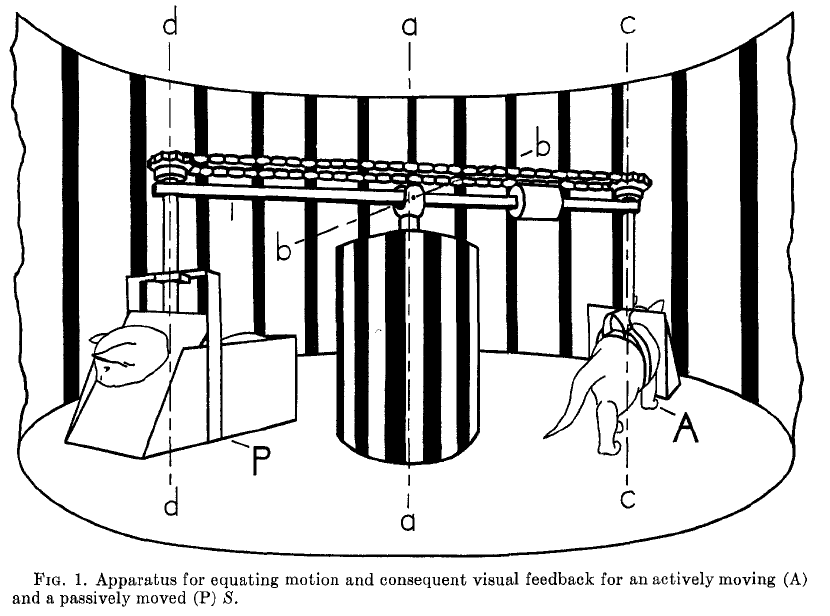
Replication
- Do the findings hold in larger samples
- When geometry of environment varies
- Outside the lab
- Across age
Experienced flow across cultures
Jayaraman, S., Smith, L.B., Raudies, F. & Gilmore, R.O. (2014). Natural Scene Statistics of Visual Experience Across Development and Culture. Databrary. Retrieved February 18, 2017 from http://doi.org/10.17910/B7988V
Participant summary
| Country | Females | Males | Age (wks) | Coded video Hrs |
|---|---|---|---|---|
| India | 17 | 13 | 3-63 | 3.1 (0.5-6.0) |
| U.S. | 15 | 19 | 4-62 | 4.6 (0.2-7.6) |
Illustrative Speed Histograms - 6 weeks
Illustrative Speed Histograms – 34 weeks
Illustrative Speed Histograms – 58 weeks
Pattern Correlation Results
Conclusions: Measuring experienced flow
- Fast speeds, broad speed distributions
- Linear flow >> radial or rotational flow
Simulating developmental change
\(\begin{pmatrix}\dot{x} \\ \dot{y}\end{pmatrix}=\frac{1}{z} \begin{pmatrix}-f & 0 & x\\ 0 & -f & y \end{pmatrix} \begin{pmatrix}{v_x{}}\\ {v_y{}} \\{v_z{}}\end{pmatrix}+ \frac{1}{f} \begin{pmatrix} xy & -(f^2+x^2) & fy\\ f^2+y^2 & -xy & -fy \end{pmatrix} \begin{pmatrix} \omega_{x}\\ \omega_{y}\\ \omega_{z} \end{pmatrix}\)
Geometry of environment/observer: \((x, y, z)\) Translational speed: \((v_x, v_y, v_z)\) Rotational speed: \((\omega_{x}, \omega_{y}, \omega{z})\) Retinal flow: \((\dot{x}, \dot{y})\)
Parameters For Simulation
| Parameter | Crawling Infant | Walking Infant |
|---|---|---|
| Eye height | 0.30 m | 0.60 m |
| Locomotor speed | 0.33 m/s | 0.61 m/s |
| Head tilt | 20 deg | 9 deg |
| Geometric Feature | Distance |
|---|---|
| Side wall | +/- 2 m |
| Side wall height | 2.5 m |
| Distance of ground plane | 32 m |
| Field of view width | 60 deg |
| Field of view height | 45 deg |
Simulating Flow Fields
Simulated Flow Speeds (m/s)
| Type of Locomotion | Ground Plane | Room | Side Wall | Two Walls |
|---|---|---|---|---|
| Crawling | 14.41 | 14.42 | 14.43 | 14.62 |
| Walking | 9.38 | 8.56 | 7.39 | 9.18 |
Summing up
- Infants commonly experience fast, linear optic flows
- Head/eye instability
- Proximity to ground
- Brain and behavioral responses to optic flow develop throughout childhood
- Still immature in 5-8 year-olds
- Statistics of natural experience informative
Some next steps
- Individual differences in flow sensitivity
- Brain responses to flow 'in the wild'
- Comparing brain responses to behavioral sensitivity
- Simulating the effects of development on visual experience
- Automating pipelines for automated analysis of 1st person videos (using PSU's Galaxy environment)
An hour in the life…
Play & Learning Across a Year project
- Play is the central context and activity of early development
- But what do parents and infants actually do when they 'play'?
Play & Learning Across a Year (PLAY) project
- \(n=900\) infant/mother dyads; 300 @ 12-, 18-, 24-months
- 30 dyads from 30 sites across the US
- 1 hr natural activity
- 3 min solitary toy play
- 2 min dyadic toy play
- video tour of home
Play & Learning Across a Year (PLAY) project
- Videos coded for
- Emotional expression
- Object interaction
- Physical activity & locomotion
- Transcript, Communication, and Gesture
- Enhancements to Datavyu for transcription, CHAT compatibility, Windows support

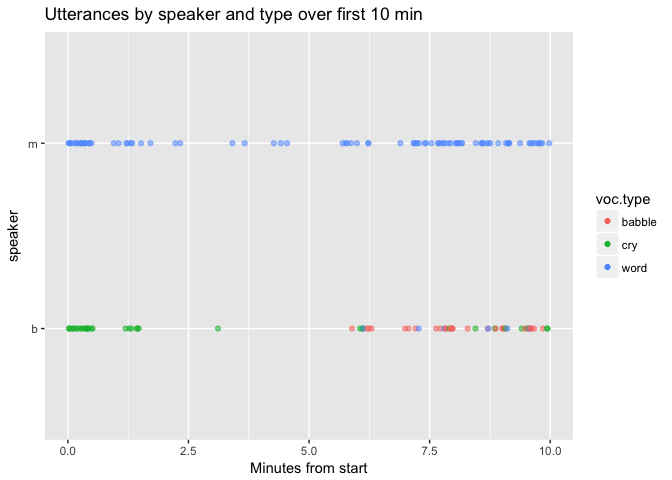
Play & Learning Across a Year (PLAY) project
- Demographics + parent-report questionnaires about health, family, temperament
- Ambient sound levels

Play & Learning Across a Year (PLAY) project
- Census block group geocoding


Play & Learning Across a Year (PLAY) project
- "Big data" developmental science
Play & Learning Across a Year (PLAY) project
- Data shared on Databrary
Play & Learning Across a Year (PLAY) project
- Video as data and documentation
What questions would you ask about these data?
The Proximal Emotional Environment Project (PEEP)
Guess the emotion
| Sample 1 | Sample 2 |
|---|---|
Questions
- How do children's brains respond to overheard speech with different affective prosodies?
- How do children's brains respond to different speakers?
- How do children perceive the affective qualities of overheard speech?
- What are the acoustic properties that distinguish affectively-laden speech?
- What is the natural "affective" environment
How 'angry' are the scenarios

How 'happy' are they?

'Intensity' ratings across time

What's in common?
Themes
- Natural environments are rich
- Perception, action, cognition & emotion inextricably linked
- Need better/denser measures
- of environment
- of behavior
- of physiology
Turtles networks all the way down…


Power of
- convergent evidence
- data visualization
- data, materials sharing
- to accelerate discovery…
Limitations of
- scientific culture
- technology
- sampling diversity, sample sizes/power, publication bias, etc.
- big team science vs. small team science
Toward an open, transparent, robust, and integrative developmental science

What would a data observatory for human development look like?
Combine data from diverse domains
Link measures across people
Enable web-based data visualization, analysis
Support search, filtering by personal characteristics
Encourage self/active curation of data, materials
Provide consistent, clear sharing permissions structure
Progress
| Example | Multi-measure | Indiv link/search | Visualize | Self-curate | Permissions |
|---|---|---|---|---|---|
| Databrary | ✔ | ✔ | tabular | ✔ | ✔ |
| Human Proj | ✔ | ✔ | ? | ? | ✔ |
| ICPSR | ✔ | ? | ✔ | ? | ✔ |
| Neurosynth | fMRI BOLD | group data | ✔ | public | NA |
| OpenNeuro | ✔ | ? | ✔ | ✔ | public |
| Open Humans | ✔ | ✔ | ? | ? | ✔ |
| OSF | ✔ | ✔ | public | ||
| WordBank | M-CDI | group metadata | ✔ | ? | public |
Barriers
.jpg)
Humans are diverse
- But much (lab-based) data collected are from Western, Educated Industrialized, Rich, Democratic (WEIRD) populations Henrich et al., 2010
Data sensitive, hard(er) to share
- Protect participant's identities
- Protect from harm/embarrassment
- Anonymize (effective?) or get permission (many don't ask, plan to share)

"…psychologists tend to treat other peoples’ theories like toothbrushes; no self-respecting individual wants to use anyone else’s."
"Reviewers and editors want novel, interesting results. Why would I waste my time doing careful direct replications?"
Any number of researchers I've talked with

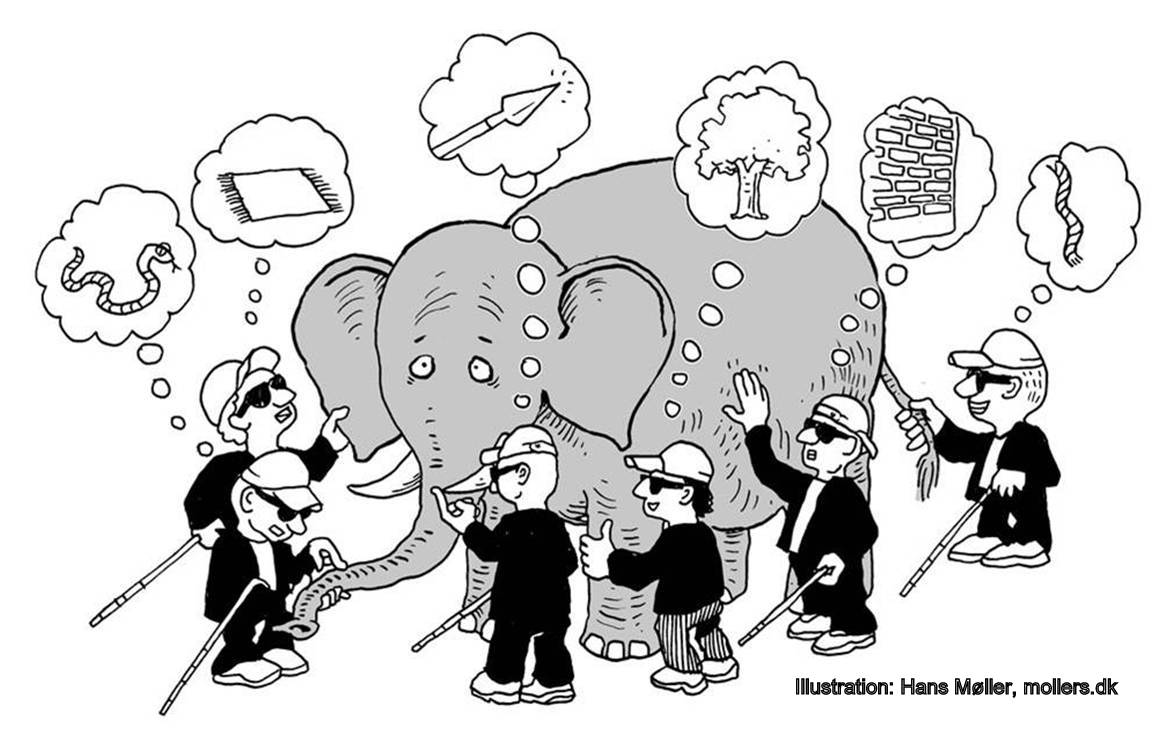



Let's build a Databservatory for human behavior

It should…
- Store & share data & materials
- Link data across studies, measures
- Link across group characteristics, individuals
- Enable searching & filtering by individual characteristics, tasks, settings
- Support web-based data analysis, visualization; open API
- Provide consistent framework for ethical data sharing
- Enable data aggregation, cloning, provenance tracking
- Support self/active curation
- Link to publications &…
Let us embrace the whole elephant
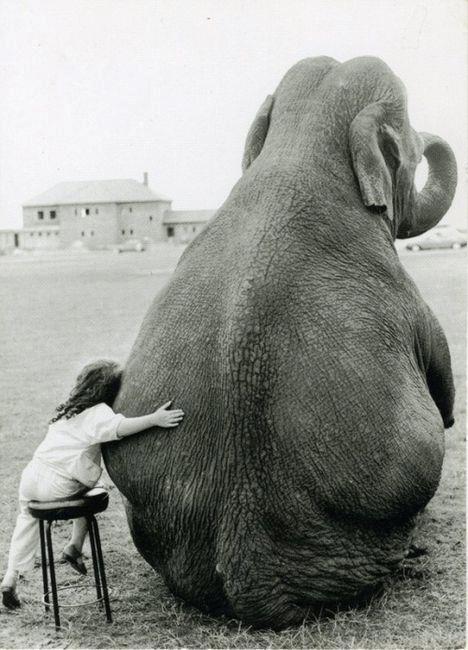
Stack
This talk was produced on 2017-11-02 in RStudio using R Markdown and the ioslides framework. The code and materials used to generate the slides may be found at https://github.com/gilmore-lab/2017-10-18-the-whole-elephant/. Information about the R Session that produced the code is as follows:
sessionInfo()
## R version 3.4.1 (2017-06-30) ## Platform: x86_64-apple-darwin15.6.0 (64-bit) ## Running under: macOS Sierra 10.12.6 ## ## Matrix products: default ## BLAS: /Library/Frameworks/R.framework/Versions/3.4/Resources/lib/libRblas.0.dylib ## LAPACK: /Library/Frameworks/R.framework/Versions/3.4/Resources/lib/libRlapack.dylib ## ## locale: ## [1] en_US.UTF-8/en_US.UTF-8/en_US.UTF-8/C/en_US.UTF-8/en_US.UTF-8 ## ## attached base packages: ## [1] stats graphics grDevices utils datasets methods base ## ## loaded via a namespace (and not attached): ## [1] compiler_3.4.1 backports_1.1.0 magrittr_1.5 rprojroot_1.2 ## [5] tools_3.4.1 htmltools_0.3.6 yaml_2.1.14 Rcpp_0.12.12 ## [9] stringi_1.1.5 rmarkdown_1.6 knitr_1.17 stringr_1.2.0 ## [13] digest_0.6.12 evaluate_0.10.1
References
Adamiak, W., Thomas, A., Patel, S., & Gilmore, R. (2015). Adult Observer’s Sensitivity to Optic Flow Varies by Pattern and Speed. Journal of Vision, 15(12), 1008. https://doi.org/10.1167/15.12.1008
Gilmore, R. O., & Adolph, K. E. (2017). Video can make behavioural science more reproducible. Nature Human Behavior, 1. https://doi.org/10.1038/s41562-017-0128
Gilmore, R. O., Raudies, F., & Jayaraman, S. (2015). What accounts for developmental shifts in optic flow sensitivity? In 2015 Joint IEEE International Conference on Development and Learning and Epigenetic Robotics (ICDL-EpiRob) (pp. 19–25). https://doi.org/10.1109/DEVLRN.2015.7345450
Gilmore, R., Hou, C., Pettet, M., & Norcia, A. (2007). Development of cortical responses to optic flow. Visual Neuroscience, 24(06), 845–856. https://doi.org/10.1017/S0952523807070769
Gilmore, R., Thomas, A., & Fesi, J. (2016). Children’s Brain Responses to Optic Flow Vary by Pattern Type and Motion Speed. PLOS ONE, 11(6), e0157911. https://doi.org/10.1371/journal.pone.0157911
Hou, C., Gilmore, R., Pettet, M., & Norcia, A. (2009). Spatio-temporal tuning of coherent motion evoked responses in 4–6 month old infants and adults. Vision Research, 49(20), 2509–2517. https://doi.org/10.1016/j.visres.2009.08.007
Jouen, F., Lepecq, J.-C., Gapenne, O., & Bertenthal, B. I. (2000). Optic flow sensitivity in neonates. Infant Behavior and Development, 23(3–4), 271–284. https://doi.org/10.1016/S0163-6383(01)00044-3
Kiorpes, L., & Movshon, J. A. (2004). Development of sensitivity to visual motion in macaque monkeys. Visual Neuroscience, 21(6), 851–859. https://doi.org/10.1017/S0952523804216054
LeWinn, K. Z., Sheridan, M. A., Keyes, K. M., Hamilton, A., & McLaughlin, K. A. (2017). Sample composition alters associations between age and brain structure. Nat. Commun., 8(1), 874. https://doi.org/10.1038/s41467-017-00908-7
Raudies, F., & Gilmore, R. (2014). Visual Motion Priors Differ for Infants and Mothers. Neural Computation, 26(11), 2652–2668. https://doi.org/10.1162/NECO_a_00645
Yu, C. P., Page, W. K., Gaborski, R., & Duffy, C. J. (2010). Receptive Field Dynamics Underlying MST Neuronal Optic Flow Selectivity. Journal of Neurophysiology, 103(5), 2794–2807. https://doi.org/10.1152/jn.01085.2009

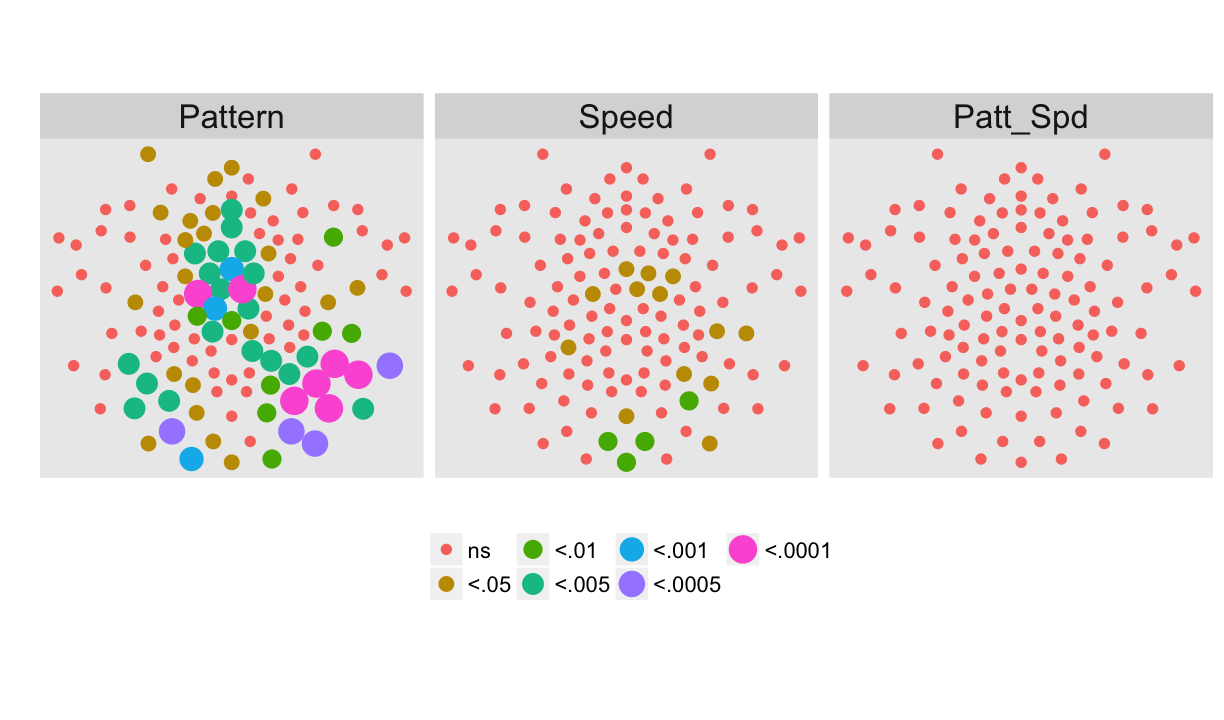
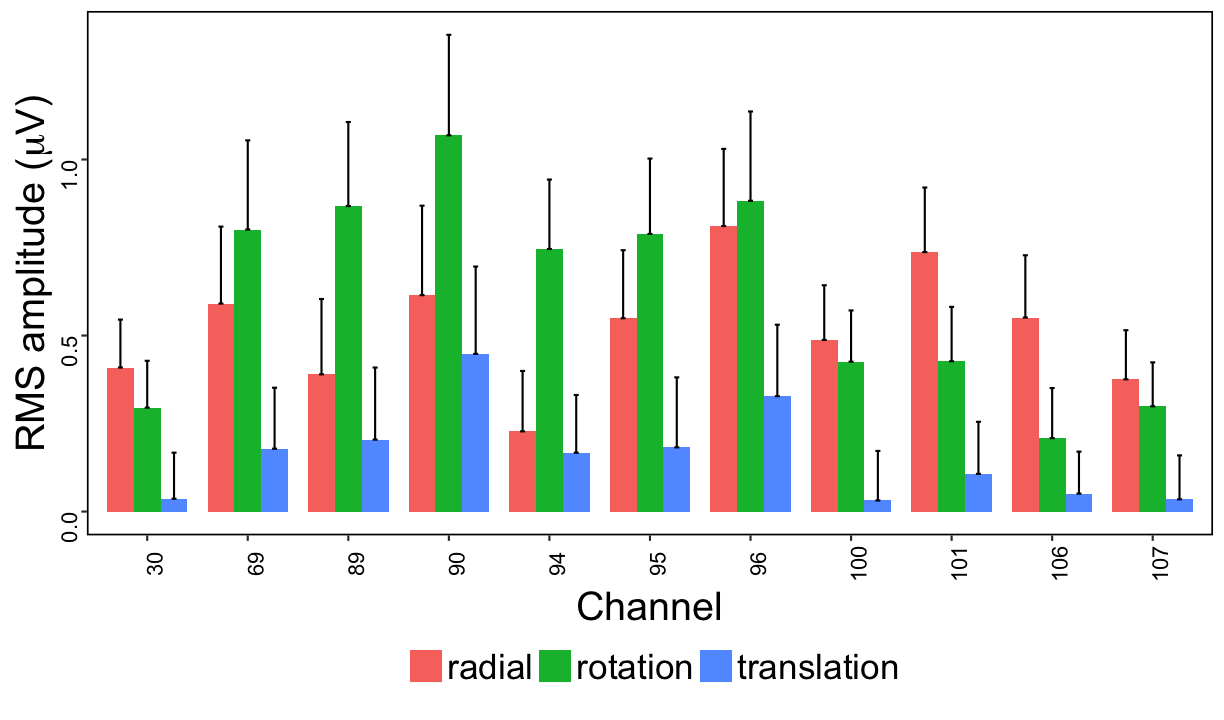
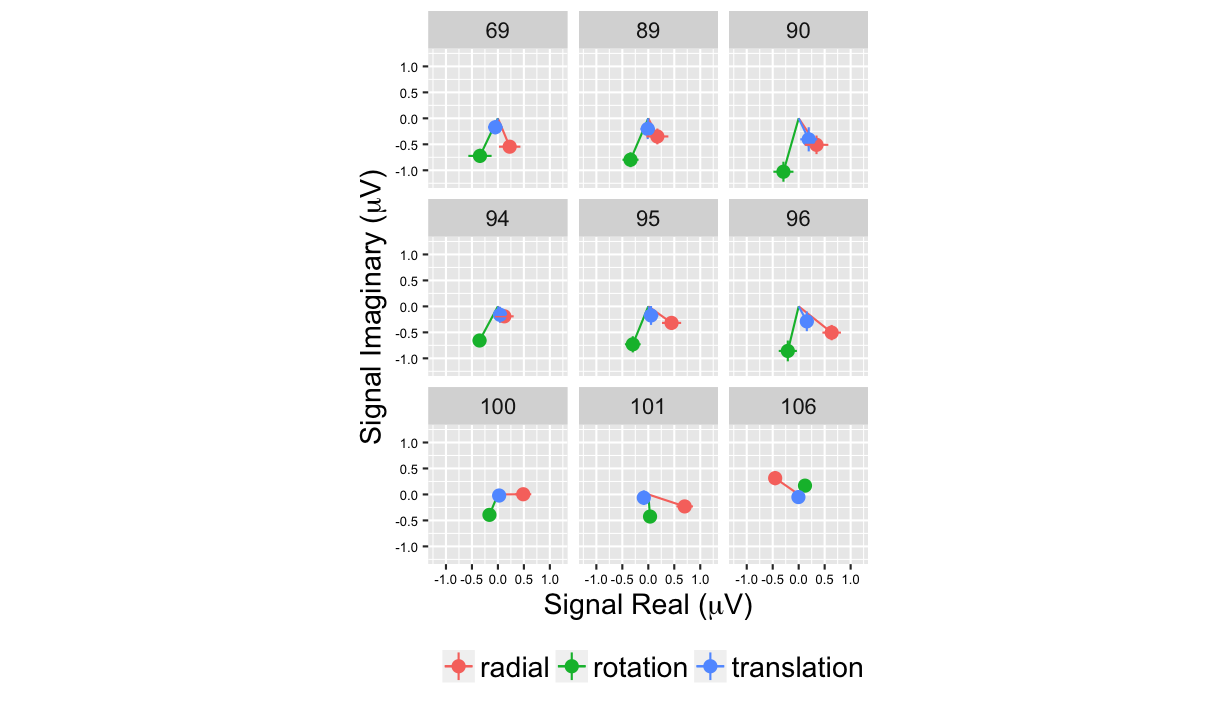

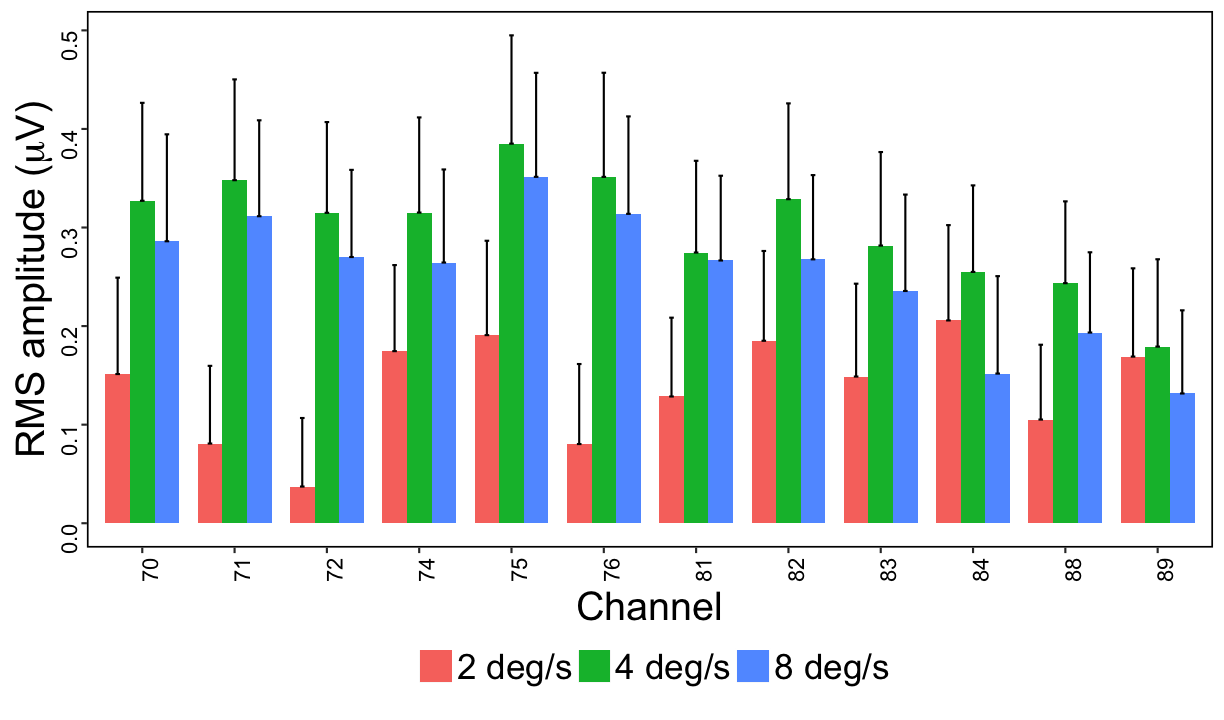
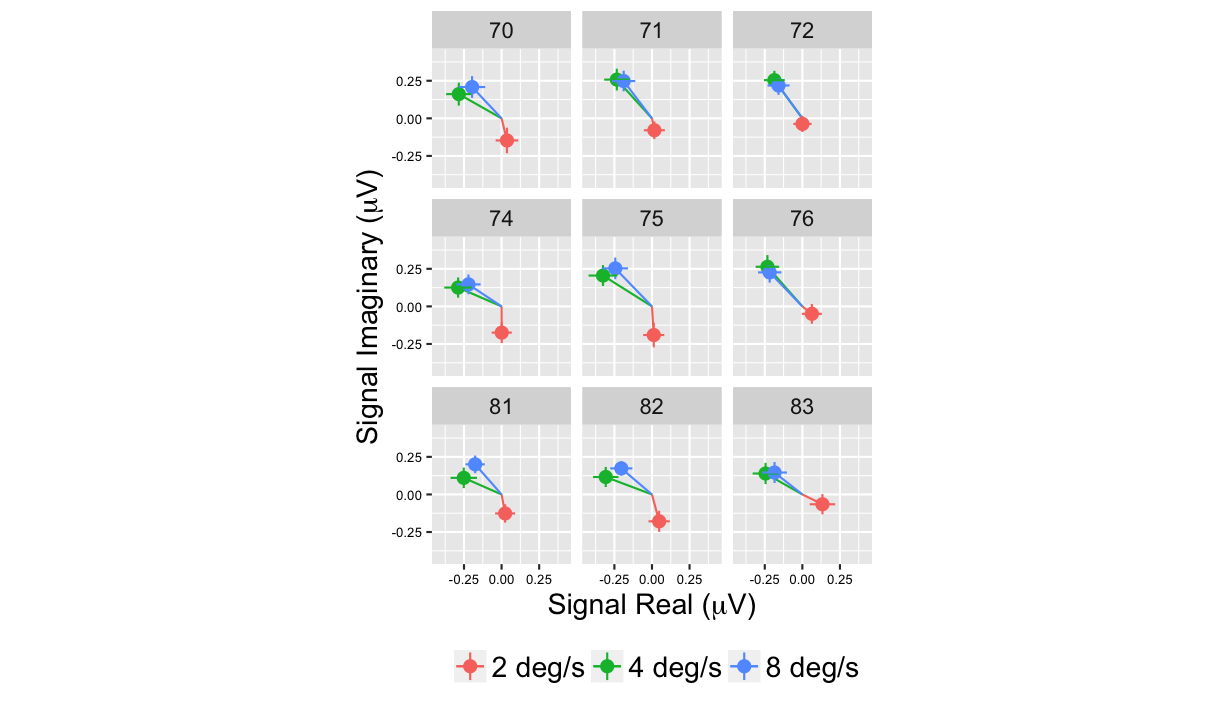


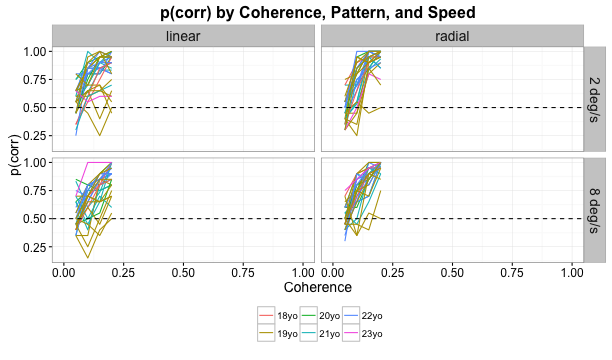


 (
(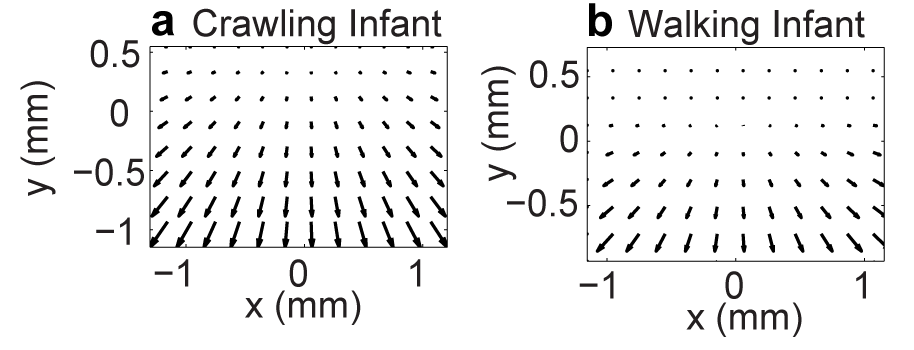 (
(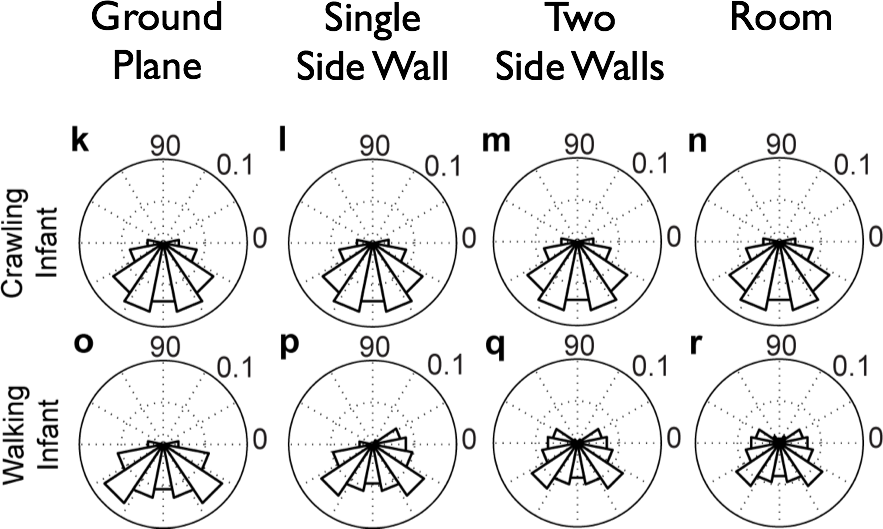 (
(
